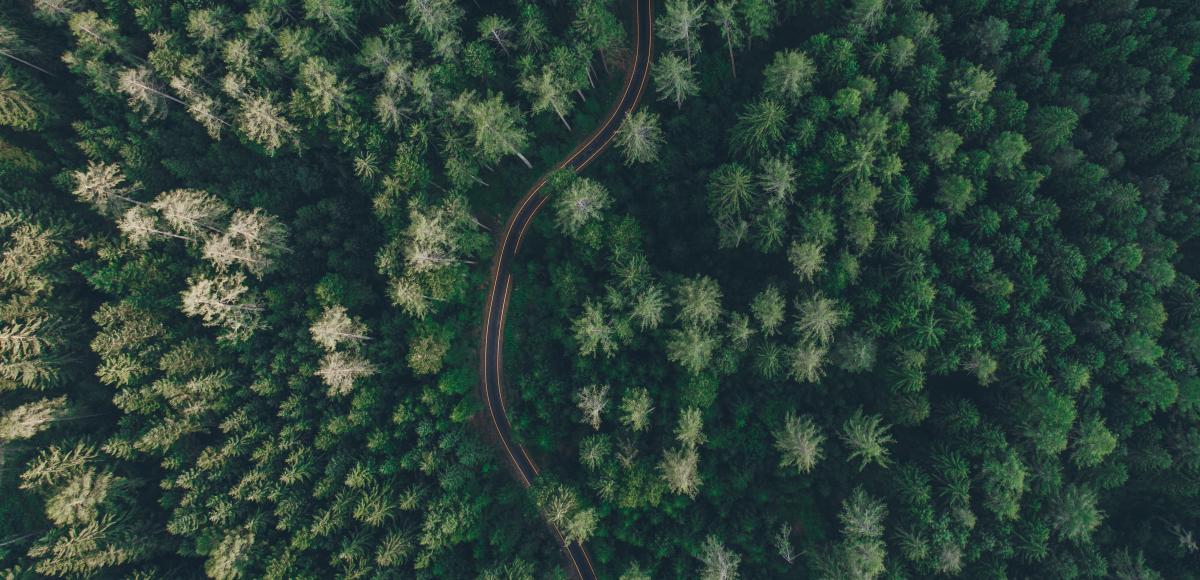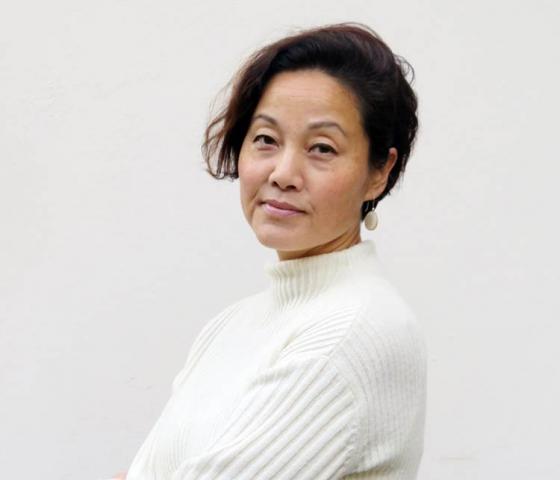
Young-A Kang
What does a landscape architect do?
She designs the railway of the future in Northern Sweden.
For those who wish to build the railways of the future, technical and design demands are immense; something that inspires the work of AFRY landscape architect Young-A Kang on the North Bothnia Line.

“The challenge is to take advantage of the natural conditions and reconcile these with the technical demands of a modern railway,” she says.
Despite her 23 years in the profession, AFRY Infrastructure’s senior landscape architect Young-A Kang is still frequently asked what a landscape architect actually does. Essentially, the answer is a simple one.
She is molding the society of the future. By combining technology and science with design, she forms them into something functional, sustainable and beautiful. Her field is broad. The work of a landscape architect alternates between the large and small-scale, all the way down to detail level.
“It can deal with anything from the planning and design of playgrounds, parks and town squares to large urban development and infrastructure projects.
At the moment, she is working on the North Bothnia Line, a multi-million project that places extreme demands on both technology and design, affecting as it will commerce, industry, and people across the whole of Norrland.
The line will run between Umeå and Luleå, an entirely new stretch of track covering 270 km, and will connect the Bothnia Line, Ore Line, Northern Mainline, Haparanda Line and the Finnish rail network. The construction of the line will be felt throughout the region, not least through the changes it will bring to the landscape. And that is where Young-A Kang comes in.
“At the moment I’m working on landscape analyses, after which we will develop a design program. These landscape analyses are part of the line study tasked with narrowing a broad corridor down to the optimal route.”
Right now, her work consists of laying the pieces of the puzzle on the table and examining each one carefully; analyzing the natural, cultural and geological conditions and how the land is currently utilized, for example in forestry, agriculture, industry or reindeer husbandry.
A railway project presents more of a challenge than a conventional road project. A train must be able to travel quickly, meaning that tracks must be as straight as possible, both laterally and in elevation.
Previously, technology was often permitted to steer large-scale infrastructure projects. Landscape architects entered at a late stage, with little opportunity to exert influence.
“Often there was just a small square left in which to plant flowerbeds. By participating from the start, we win both the environmental and human perspective and obtain a good technical solution,” she explains.
This is also one of the reasons why Young-A Kang chose to take up the opportunity of working as a landscape architect at AFRY.

“Here, all of the necessary expertise is gathered under one roof. Generally, this will give a better end result. And making our towns and cities more sustainable and more human, that’s what I’m passionate about,” she says.
